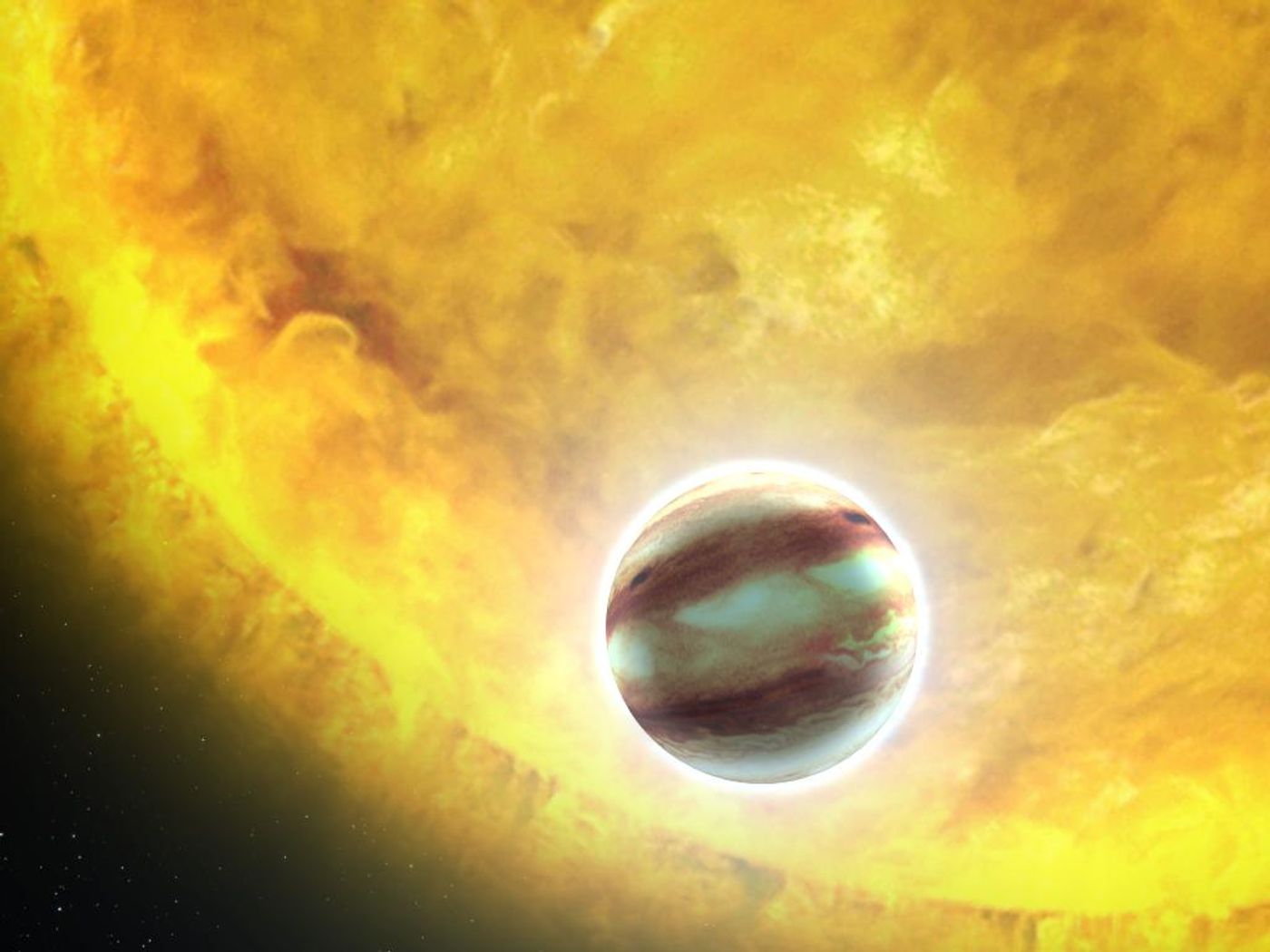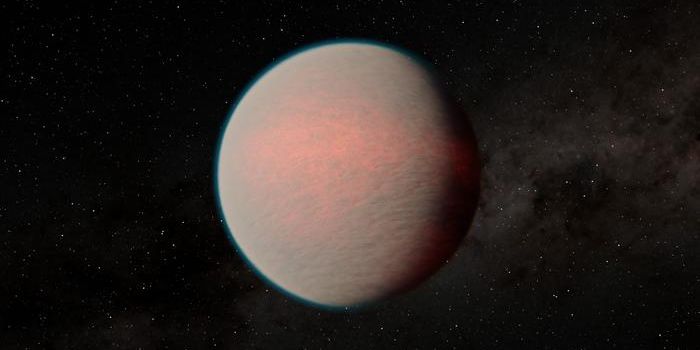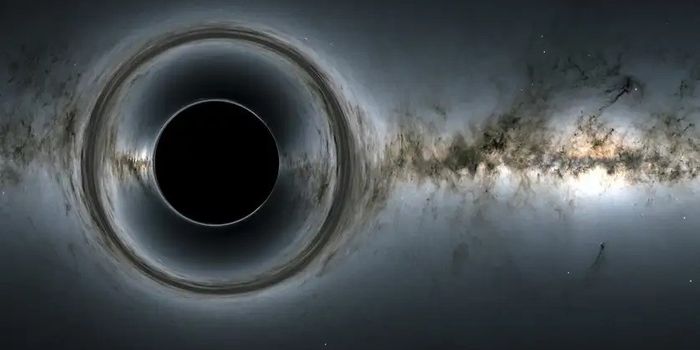Puffy Exoplanets Becoming Super-Earths
Thanks to continuing technological advancements in exoplanet detection methods, their discoveries are becoming a common regular occurrence. While the ultimate goal is to find Earth 2.0, exoplanets continue to teach us how weird and wonderful the universe truly is, ranging from “hot” Jupiters to smaller, almost Earth-sized exoplanets in multi-star systems. Which makes this latest discovery even that much more awesome.
Two separate studies published recently in The Astronomical Journal have identified two different cases of ‘mini-Neptune’ exoplanets that appear to be losing their atmospheres and transforming into super-Earths. The first study is based on data from W.M. Keck Observatory Maunakea, Hawai'i and the second study involves observations from NASA’s Hubble Space Telescope.
"Most astronomers suspected that young, small mini-Neptunes must have evaporating atmospheres," says Michael Zhang, lead author of both studies and a graduate student at the California Institute of Technology. "But nobody had ever caught one in the process of doing so until now." Much like the Neptune of our own solar system, mini-Neptunes contain solid cores that are about the size of Earth surrounded by depths of gaseous layers.
Both studies involved two separate exoplanet systems: TOI 560, located 103 light-years from Earth, which used the Keck Observatory; and HD 63433, located 73 light-years from Earth, which utilized Hubble. Their results demonstrate that atmospheric gas is escaping from the innermost mini-Neptune in TOI 560, called TOI 560.01, and from the outermost mini-Neptune in HD 63433, called HD 63433 c. Furthermore, it was also discovered the gas escaping from TOI 560.01 was actually escaping towards its parent star.
"This was unexpected, as most models predict that the gas should flow away from the star," says Professor of Planetary Science, Dr. Heather Knutson, Zhang's advisor, and a co-author of the study. "We still have a lot to learn about how these outflows work in practice."
Both discoveries were made using the transit method, which involves monitoring the exoplanet as it passes in front of its parent star. When this happens, astronomers can look for absorption of starlight by atoms in the planets’ atmospheres, meaning they can measure speed of the gases and how fast it’s escaping. While this discovery is astonishing, further observation of TOI 560.01 is required to determine if the gas escape towards its parent star is an anomaly or in fact a common occurrence.
"As exoplanet scientists, we've learned to expect the unexpected," says Dr. Knutson. "These exotic worlds are constantly surprising us with new physics that goes beyond what we observe in our solar system."
Sources: Wikipedia, NASA Exoplanet Exploration, The Astronomical Journal (1), The Astronomical Journal (2), NASA Solar System Exploration









